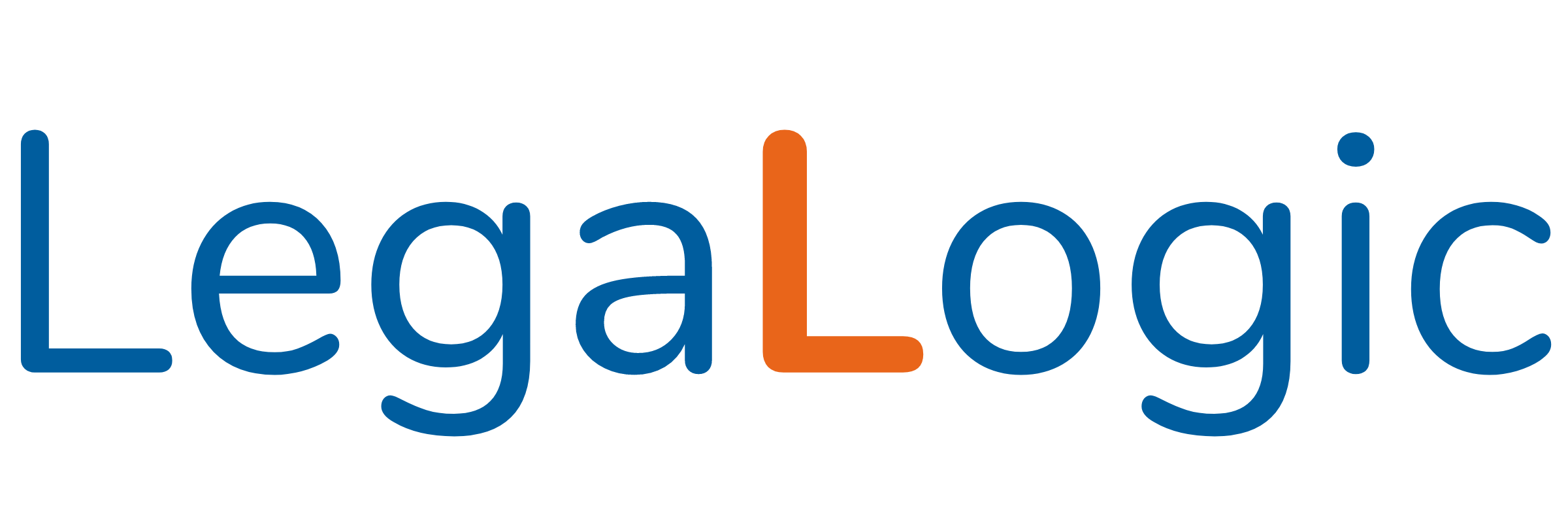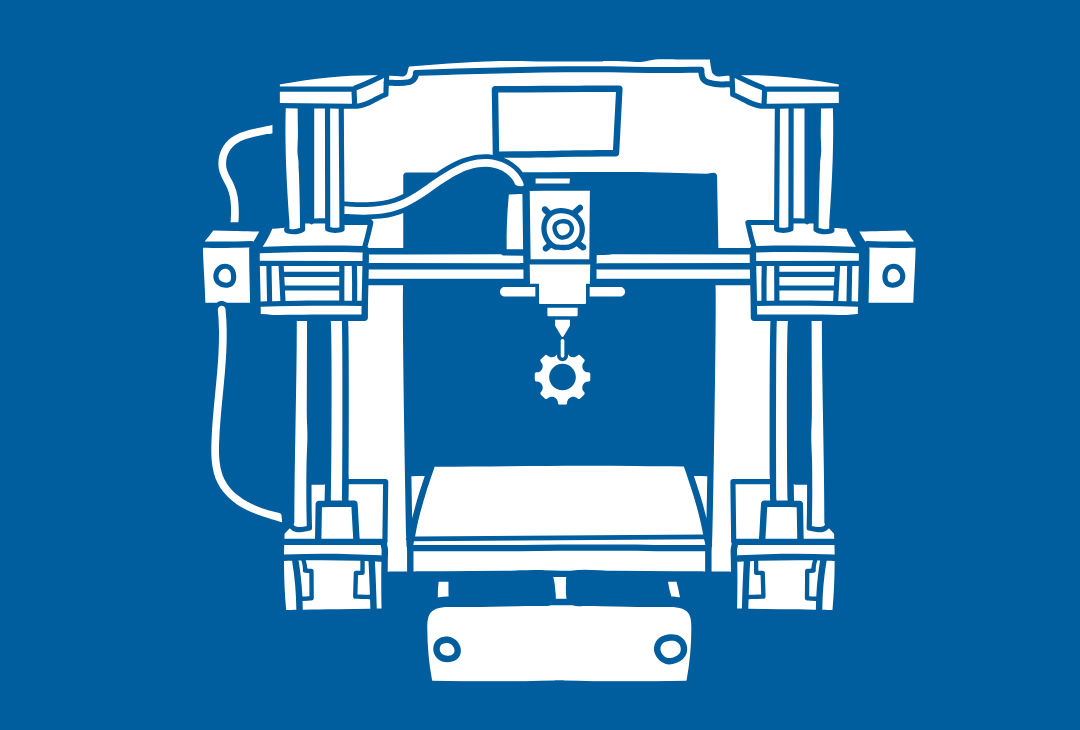Intellectual Property Newsletter – 3D Printing : April 2025
3D Printing and Intellectual Property:
A Complex Intersection of Innovation and Law
3D printing is the process of creating three-dimensional solid objects from an electronic model via additive manufacturing. It has revolutionized industries worldwide by enabling rapid prototyping, customization, and decentralized production. The technology gives companies and individuals the ability to create products from digital designs by applying materials like plastics, metals, ceramics—even biological matter—layer by layer, thereby promoting resourceful innovation and posing complex challenges with regard to intellectual property (IP) rights
|
Material |
Applications |
|
Plastics |
Prototyping, consumer goods |
|
Metals |
Aerospace, automotive parts |
|
Ceramics |
Art, construction, medical tools |
|
Biological matter |
Medical implants, tissue models |
Against this background, many questions are emerging on the efficacy of the aforementioned IP rights—inventors, legal practitioners, and industries. Intellectual Property in 3D printing is a very interesting and very complicated subject that combines innovation, creativity, and legal protection. As an additive manufacturing technique, 3D printing will have varied impacts on every part of the economy—from healthcare, aerospace, and other industries all the way down to fashion and consumer goods—making it fundamentally different for intellectual property law.
Industries Impacted by 3D Printing
- Healthcare: Custom prosthetics, implants, and bioprinting
- Aerospace: Lightweight, complex aircraft components
- Fashion: Customized clothing, accessories, and footwear
- Consumer Goods: Home decor, gadgets, and personalized products
In fact, 3D printing technology thus leads to the formation of a three-dimensional object based on a digitized design through the application of CAD files. The use of such amazing technology apparently allows for further flexibility to come up with a customized and totally created article as much as possible; however, it blurs the line between a digital and an actual object. Because the designs can be replicated, shared, and modified, it challenges the distinction between the digital world and the real world.
The conflation that exists between 3D printing and IP law relates to ownership, rights, and liabilities issues—failure of which makes such questions stand out. For example, it could range from the question of who owns the 3D printed object, which is created using a digital file owned by two parties, to how a creator is allowed to protect his works against unauthorized use. These are only but a few of the problems that render intellectual property in 3D printing a critical debate area as one advances into a newer era of technology.
The Importance of Intellectual Property in 3D Printing
Industries have undergone a transformation due to the growing use of 3D printing, or additive manufacturing, for the easy creation of complex customized objects. With this advancement, however, the patent rules have suffered a good amount of upheaval in the present-day scenario. Here are the reasons why IP becomes important in relation to 3D printing:
- Protection for Original Designs: 3D printing operates with files that, many times, are designed using CAD-programs as blueprints to build physical products. Because they are virtually unprotected without patents or copyrights, these files could easily be copied from anyone, disseminated, or altered into some other design and unauthorized use could arise causing loss to the creator of that design.
- Encouraging Innovation: Strong laws aimed at protecting intellectual property give motivation to the creator and enterprises to spend into researching and developing. When a designer knows that he is going to be able to reap the benefits of his design, he would be encouraged to invent.
- Difficulties Related to Enforcement: The decentralized nature of 3D printing makes the monitoring and enforcement of IP rights exceptionally tough. Copyrighted or patented goods can be replicated by persons in their own homes, following neither the manufacturing nor the distribution route.
- A Need for Legislative Change: As 3D technology matures, all current forms of intellectual property could need reworking to meet some of its special demands, including defining ownership rights for digital files and evaluating fair use policies.
- Impacts on Industries: 3D printing is disturbing the traditional ways of thinking concerning manufacturing around the world, from health care to fashion. Although it is relatively inexpensive and highly customizable, in industries based on proprietary design, PPP could be fraught with the risk of IP infringement.
The Importance of Intellectual Property in 3D Printing
- Patents focus on protecting inventions and technical solutions. In 3D printing, patents can cover:
- Methods of printing (e.g., stereolithography, fused deposition modelling).
- Materials applied in the procedure.
- Specified objects or functional components.
- Infringement when patented objects are produced without permission.
2. Copyright protects original works of arts and literature like:
- 3D design files (CAD models).
- Any artistic sculpture created using 3D printing.
- Architectural models.
- Copying or distribution of 3D files without the owner’s consent may constitute copyright infringement.
3. Protects against confusion of brands by the use of logos, symbols, or names. Problems with:
- Counterfeit products are bearing logos of registered brands. The question is whether the products are duplicate copies of originals.
- 3D printed merchandise that will cause confusion among consumers knows it to be null and void.
4. Design Rights: Protects the visual aesthetics of objects. This includes:
- Fashion and jewellery for innovative artistic designs.
- Automotive and consumer products for unique shapes and forms.
Challenges in IP Protection with 3D Printing
- Ease of Replication: Very briefly digital files can be anywhere in the world, and very hard to exert control over unauthorized reproductions.
- Jurisdictional Issues: IP laws differ from country to country. Determining the location of an infringement-whether the file was created, the file was shared, ok printing, or final use-adds additional layers of complexity.
- Problems with Enforcement: It is extremely difficult to locate and restrain infringement by individuals, especially where the use of 3D printers is being done in private and at home.
- Confusion between Personal and Commercial Uses: Legal enforcement becomes problematic when the distinction between hobbyist and commercial enterprise becomes unclear.
Challenges in IP Protection with 3D Printing
- Ease of Replication: Very briefly digital files can be anywhere in the world, and very hard to exert control over unauthorized reproductions.
- Jurisdictional Issues: IP laws differ from country to country. Determining the location of an infringement-whether the file was created, the file was shared, ok printing, or final use-adds additional layers of complexity.
- Problems with Enforcement: It is extremely difficult to locate and restrain infringement by individuals, especially where the use of 3D printers is being done in private and at home.
- Confusion between Personal and Commercial Uses: Legal enforcement becomes problematic when the distinction between hobbyist and commercial enterprise becomes unclear.
Stratasys, Inc. v. Microboards Tech. LLC, File No. 13-cv-3228 (DWF/TNL) (D. Minn. Jun 23, 2015)
All disputes between Stratasys, Inc. and Microboards Tech, LLC are patent infringement claims on 3D printing technology. The patent infringement was alleged by Stratasys against Microboards Technology LLC, which operates as Afinia, for United States Patent No. 8349239, dealing with a method for concealing seams in 3D-printed models for cosmetic and functional purposes.
Afinia denied the charges and answered with counterclaims seeking declaratory judgment on non-infringement and invalidity against the patents. The motions regarding infringement contentions and excluding additional infringement theories were heard by the court. Ultimately, a ruling on the denial of the motion by Afinia to compel infringement contentions was entered with an order that both parties bear their own costs and expenses related to the motion.
Strategies for managing IP risks
- Digital Rights Management (DRM): Enabling ways of using software-based restrictions to limit the copying and sharing of 3D files.
- Watermarking and Serialization: Identifiers are embedded into printed objects or digital designs so that unauthorized reproductions can be traced.Licensing Models: Flexible licensing agreements for designs with legal public access would promote legitimate use and protect IP rights.
- Education and Awareness: Making casual 3D printing people, educators, and businesses aware of IP laws.
The Future of IP in 3D Printing
- Internationalization of IP: The establishment of international treaties and agreements to address cross-border infringement of IP.
- Using Blockchain for IP Protection: Leverage blockchain technology to register and track ownership over digital designs.
- Open Source Models: IP protection will have to be balanced against open-source innovation, for many 3D printing communities thrive on shared knowledge and collaborative development.
Conclusion
3D printing is really an invention, revolutionizing industries from the rapid modelling, customizing, and decentralized, or distributed production processes. Issues arise in intellectual property frameworks because technology easily replicates and distributes digital files. The changes ushered in by the improvements in technology demand the attention of policies in a cooperation between governments, industries, and innovators. New solutions-adopting technologies like blockchain for tracking ownership of digital designs-and international agreements tackling cross-border infringement are also vital in aligning the demands of 3D printing with the current demands of frameworks for IP. At the same time, it will also protect the intellectual property rights while enabling creative development out in the open, as a lot of the innovation in these 3D printing communities comes from collaborative development and shared knowledge. Awareness and education awareness programs could make people and organizations responsible for the wise use of this transformational means. 3D printing must be at the forefront of development and creativity in society, resulting in a better future more harmonized by technological advancement than by legal and ethical conditions. Attorney general’s business should educate, train, and create awareness among various interested groups about intellectual property laws.
About Us: LegaLogic (www.legalogic.com) is a full-service law firm with more than 100 people team. Founded in 2013, LegaLogic has been advising across industry segments. It is a go-to firm for the Corporate Commercial Matters, M&A, Intellectual Property, Employment Law, Real Estate. Dispute Resolution, Litigation, India Entry Strategy and Private Client Practice. To know more about Intellectual Property Law practices, please write to us at ipr@lagalogic.com.
Disclaimer: This newsletter is for informational purpose only and should not be treated as legal advice or opinion. No part of this newsletter should be considered an advertisement or solicitation of professional services of LegaLogic.





